There is something quintessentially English about Skegness, with its sandy beach and bustling main strip – a kaleidoscope of neon and flashing lights advertising arcade machines and fairground rides.
For a spot of tranquillity, head to Gibraltar Point National Nature Reserve, just 10 minutes’ drive to the south. Covering the next three miles of the Lincolnshire coastline, it protects the unspoilt landscape and its important communities of plants and animals. It also gives visitors many sights and sounds to savour.
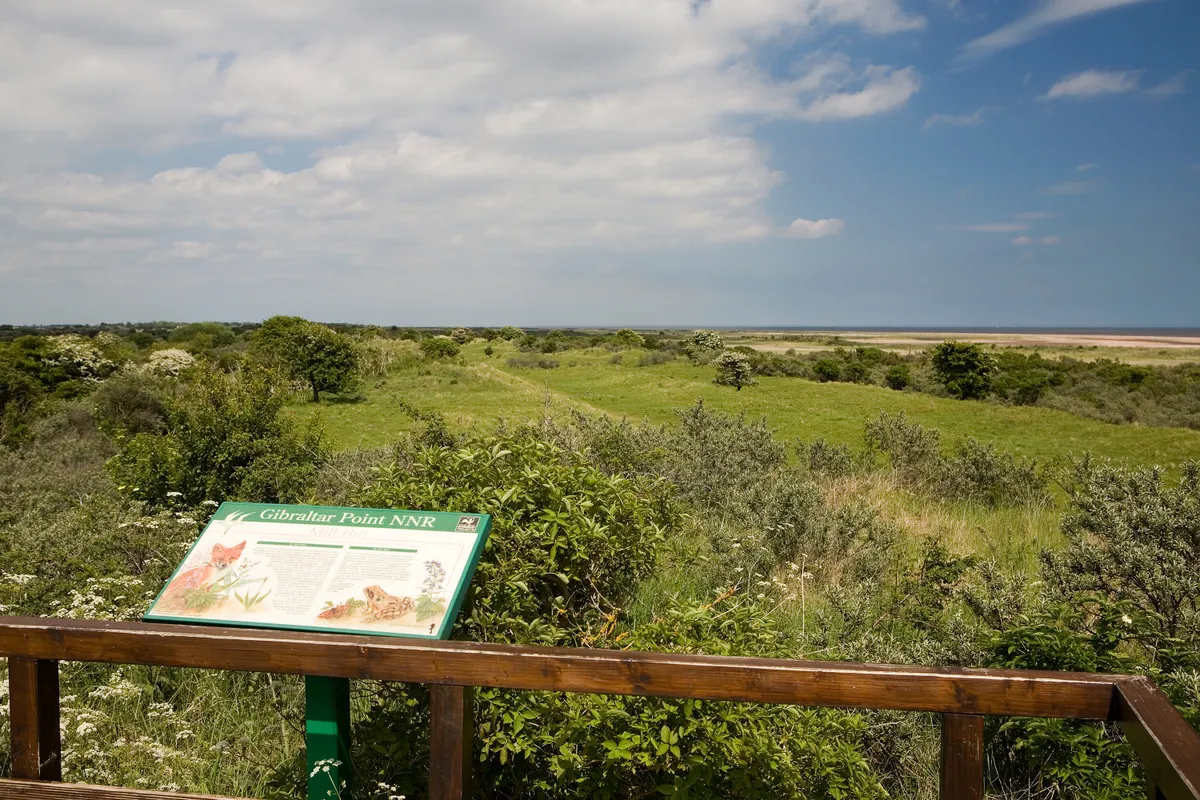
The reserve consists essentially of a pair of almost parallel dune systems separated by saltmarsh, with other habitats including sandy and muddy seashore, sand dunes and freshwater marsh with ponds and lagoons. A network of paths leads visitors around major habitats, keeping disturbance to a minimum.
Wildlife at Gibraltar Point
Gibraltar Point is an amazing place to visit in June because the wildflowers are in bloom, but it’s also a good place to see foxes, falcons and wading birds. You may spot little terns fishing in the shallow lagoons and hear the songs of skylarks. Facilities include wildlife-viewing platforms, well-graded walking trails, bird hides,
a café and accessible loos. Here are some go Gibraltar Point's star species to look out for.
Avocet
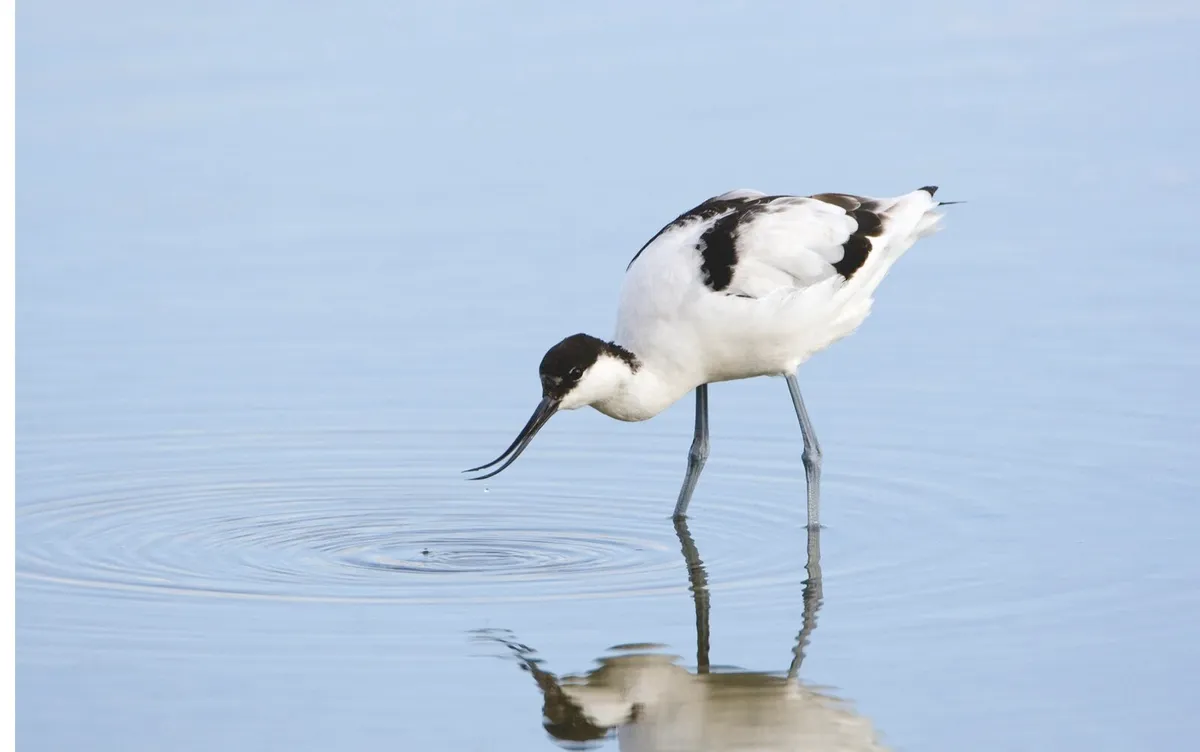
Overlooking the more recent freshwater lagoons is a great place to see waders, including avocets and redshanks. Famous as the emblem of the RSPB, the avocet has a long up-curved beak that sifts invertebrates from the water. Another striking feature is a pair of long blue legs, which dangle well behind the tail during flight. From August onwards, migrant waders begin to arrive including ruffs, godwits and spoonbills, although just about anything could show up.
Sea lavender
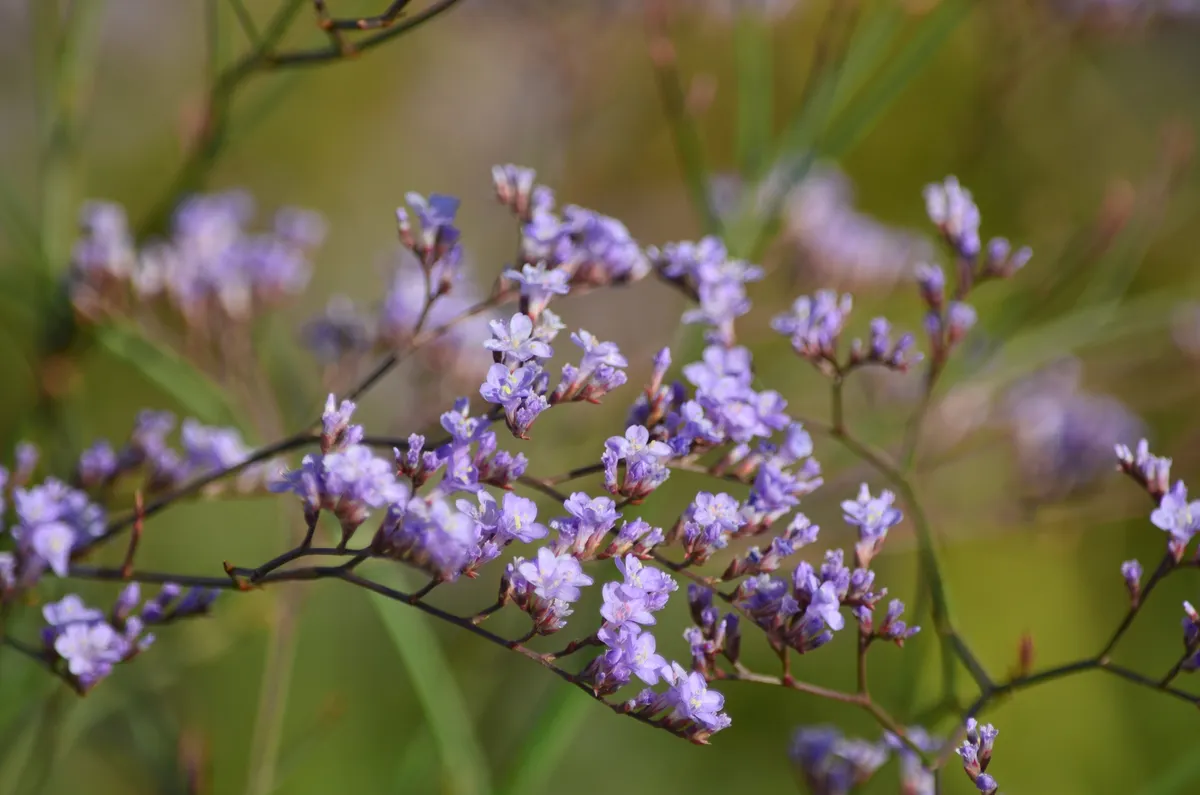
This attractive plant can be seen growing in abundance in muddy, salty pools or saltmarshes along the coast. From the visitor centre, head towards the seashore along South Marsh Road, where you will pass dense carpets through July and August. Its distinctive clusters of pretty mauve flowers appear at the top of long, stiff stems. Its small, oval leaves are found at the base of the plant.
Migrating swifts
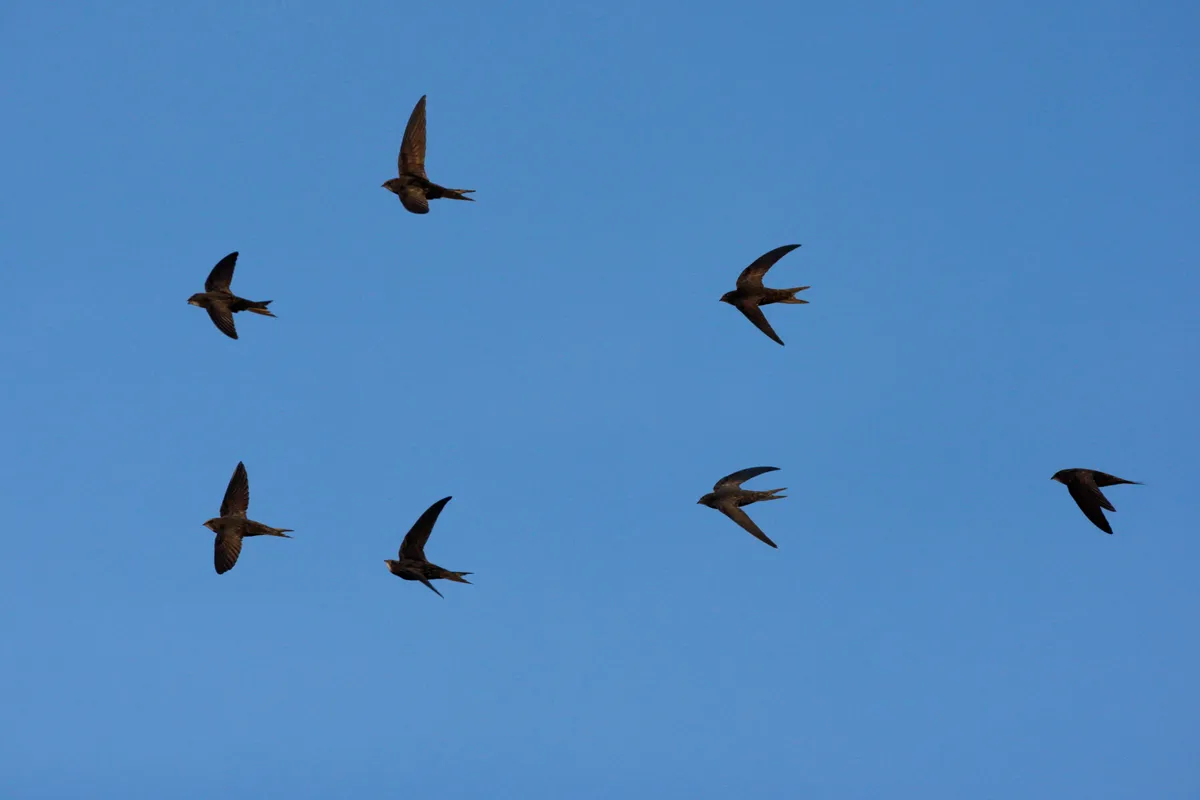
Mill Hill is an excellent vantage point to view the swifts’ aerobatics. With their dark colouring, except for a whitish chin, they are best recognised by their scythe-shaped wings and screaming calls. They never land on the ground or perch on wires, even spending the night on the wing, so you have to crane your neck to watch them.
Little tern

Among the breeding birds, it is the colony of little terns that is most significant at Gibraltar Point. Predators have caused this species significant problems in recent years, so they are protected in a shorebird sanctuary during the breeding season. They can normally be seen near the tern warden’s hut, at the edge of the sanctuary area. You may also come across ringed plovers and oystercatchers.
Emperor dragonfly
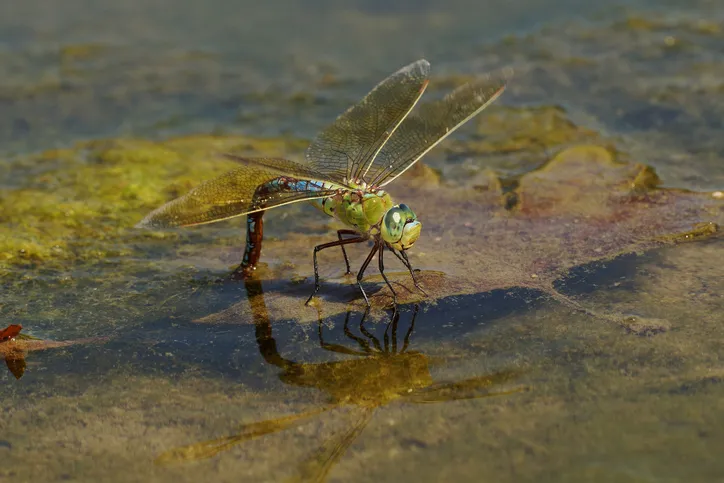
Gibraltar Point is a key insect site, with a wide range of species recorded, including Britain’s bulkiest dragonfly. Head for Mere Hide on Mill Pond Road, where they patrol, along with other dragonfly and damselfly species. The emperor’s bright colours and active habit make it obvious when hunting over medium to large water bodies. Rarely settling, it even munches its prey in flight. Both sexes have a bright, apple green thorax and green or blue eyes.
Seals and shells
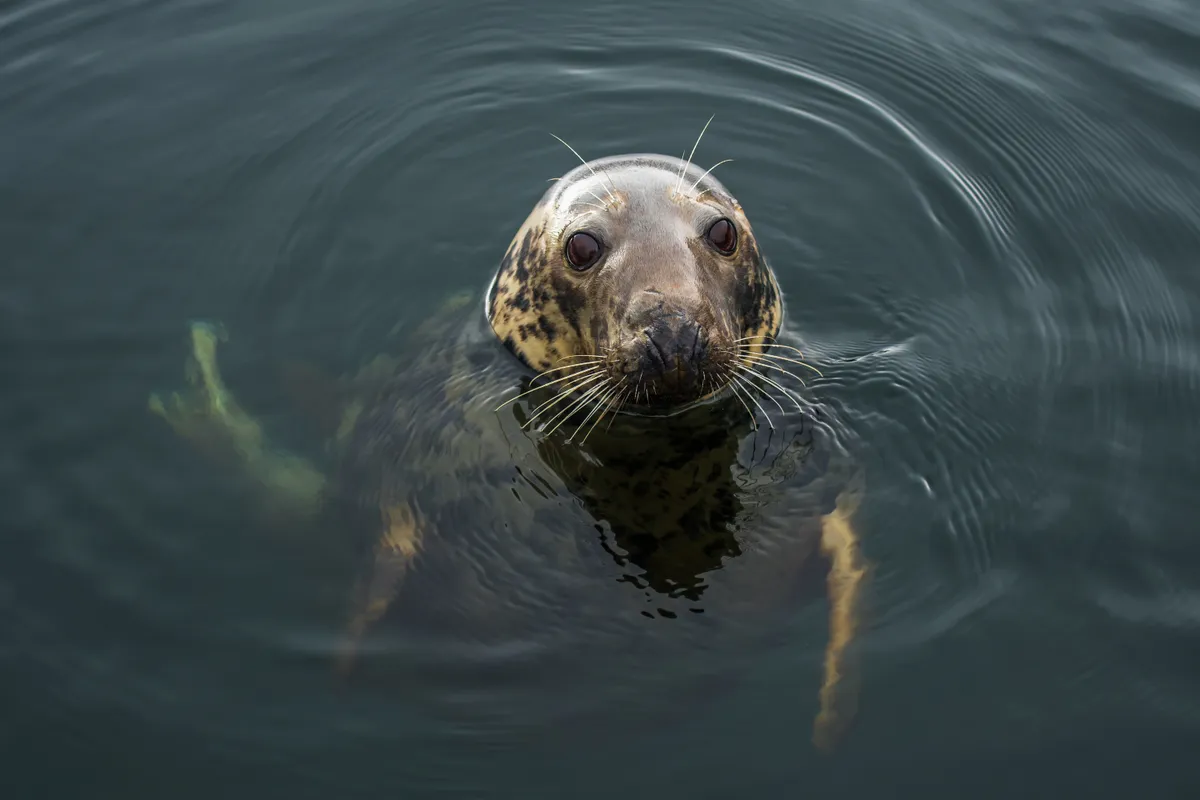
Walk along the beach to the north of the sanctuary area, look out to sea and you could well spot common seals hauled out on the sandbanks. If you are lucky, you may even spot harbour porpoises. While you are making footprints in the sand, check out the strandline to see evidence of the rich variety of marine life, including the shells and empty carapaces of 30 species of shellfish and crabs.
Conservation grazing at Gibraltar Point National Nature Reserve
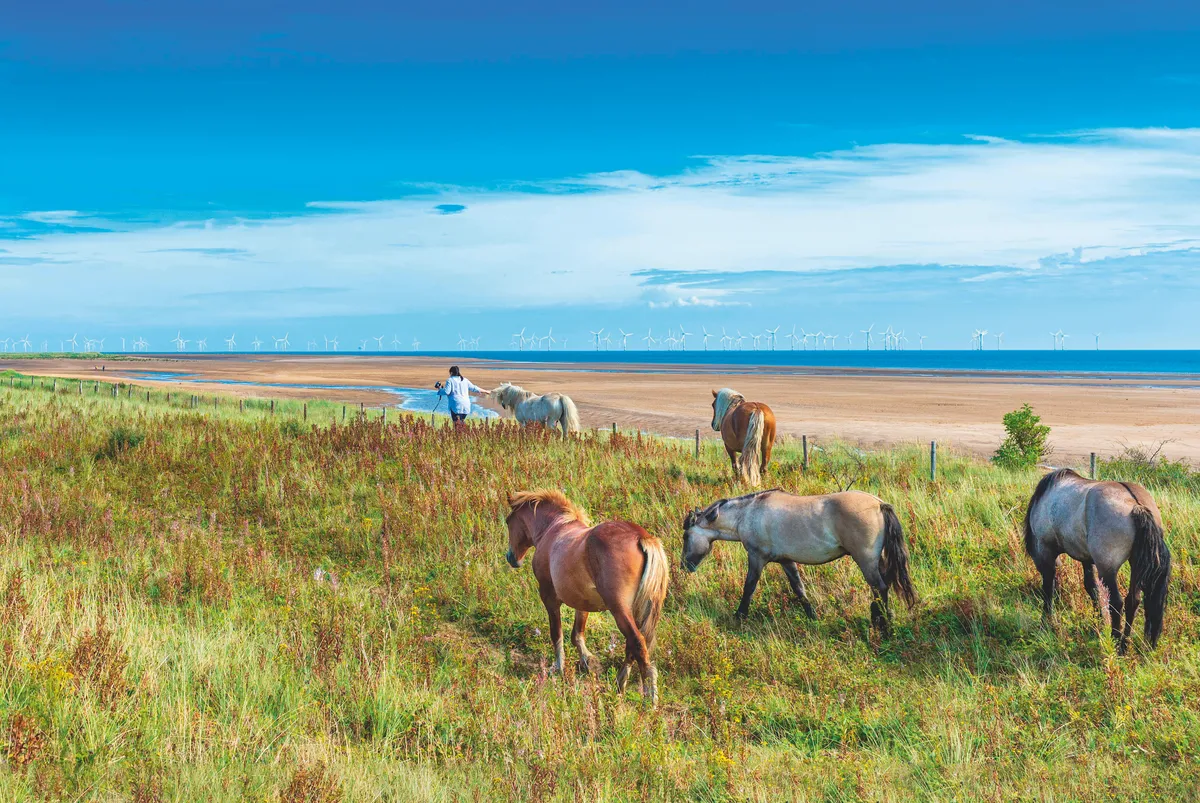
The Lincolnshire Wildlife Trust allows ponies to graze here for conservation. They selectively munch on coarse vegetation, ignoring delicate wildflowers such as the southern marsh-orchid and eyebright. As a result, these species are thriving.
Useful Information
LOCATION
Gibraltar Point National Nature Reserve
Gibraltar Road, Skegness PE24 4SU
01754 898057
HOW TO GET THERE
Follow the brown tourist signs south from the town centre on to Gibraltar Road. Continue until you see the visitor centre. There are two car parks for visitors.
FIND OUT MORE
Lincolnshire Wildlife Trust
Banovallum House, Manor House Street, Horncastle LN9 5HF
01507 526667
www.lincstrust.org.uk
EAT
The Point Café
Gibraltar Point NNR, Skegness PE24 4SU
01754 898057
Enjoy wholesome, organic, locally sourced food surrounded by the sights and sounds of the nature reserve.
VISIT
Natureland Seal Sanctuary
North Parade, Skegness PE25 1DB
01754 764345
www.skegnessnatureland.co.uk
Rescues and rehabilitates orphaned and injured seal pups stranded on Lincolnshire’s beaches. Also has penguins, tropical and seawater aquariums, a koi pond, pets’ corner, tropical house and floral palace.